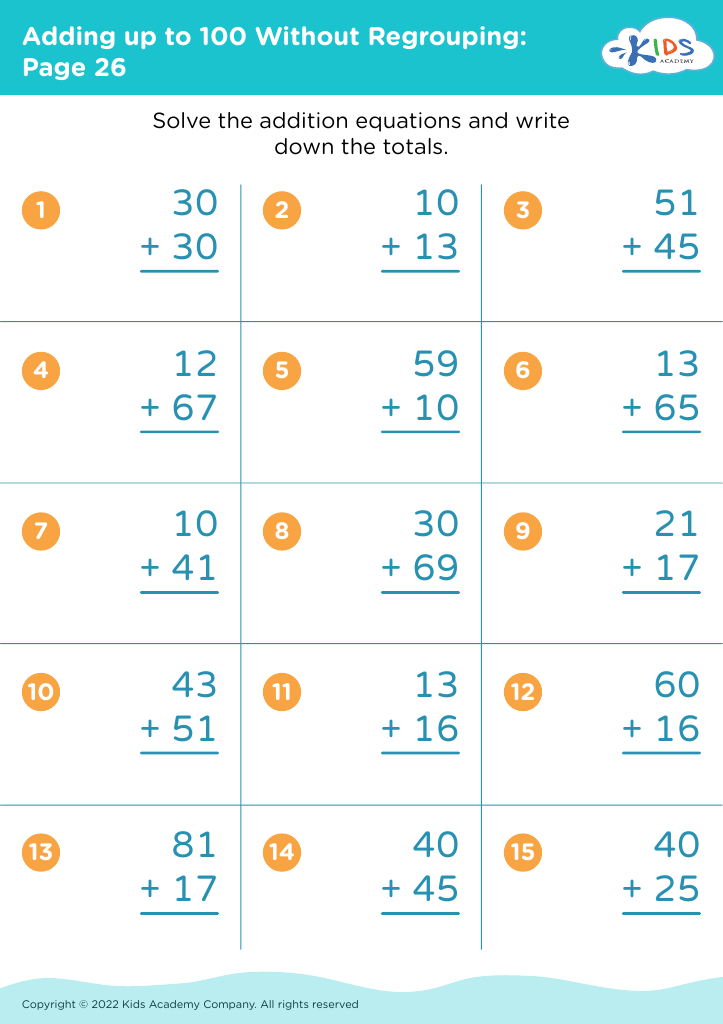Understand symmetry Worksheets for 8-Year-Olds
3 filtered results
-
From - To
Unlock the wonders of symmetry with our "Understand Symmetry Worksheets for 8-Year-Olds." These engaging, expertly crafted worksheets are designed to introduce children to the fascinating world of symmetrical patterns and shapes. Through fun and interactive activities, kids will learn to identify lines of symmetry, understand mirror images, and create symmetrical designs. Perfect for enhancing critical thinking and spatial awareness, our worksheets align with classroom standards, making learning both effective and enjoyable. Ideal for home or school use, these resources provide ample practice to master symmetry, building a solid foundation in math and geometry for young learners.
Understanding symmetry is a fundamental concept of mathematics and geometry that is crucial for 8-year-olds to grasp. Teaching symmetry at this age sharpens children's spatial awareness and visual perception. When children recognize symmetrical patterns, they develop a keen sense of balance and proportion, which can translate to improving their artistic skills and problem-solving abilities.
For parents and teachers, introducing symmetry helps kids build the foundation for more complicated mathematical concepts, such as fractions, graphing, and algebra. Learning symmetry also boosts critical thinking. Children learn to observe and predict patterns, which strengthens their analytical skills.
Additionally, symmetry is prevalent in nature, art, and architecture. When children understand its principles, they gain a greater appreciation and curiosity about the world around them. This holistic approach to learning enhances creativity and the ability to make connections across different subjects.
Moreover, mastering symmetry fosters a sense of accomplishment and confidence in young learners. As they correctly identify symmetrical objects or create their own symmetrical drawings, they experience success, motivating them to tackle more challenging concepts.
Ultimately, caring about symmetry nurtures a well-rounded, critical, and creative thinker, attributes that are invaluable throughout a child's education and beyond.



















